Fascinating Facts You Didn’t Know About The 1960s
Whether you lived through the ’60s or not, you probably have some understanding of just what a pivotal decade this was. From Cold War fear and paranoia to the idealism of the countercultural movement, it was an era in which many things were rapidly changing.
Of course, any decade this impactful is bound to feature some intriguing footnotes, oddities, and general facts in general. Here are some of the more interesting facts about the 1960s.
Tang got popular in an unusual way.
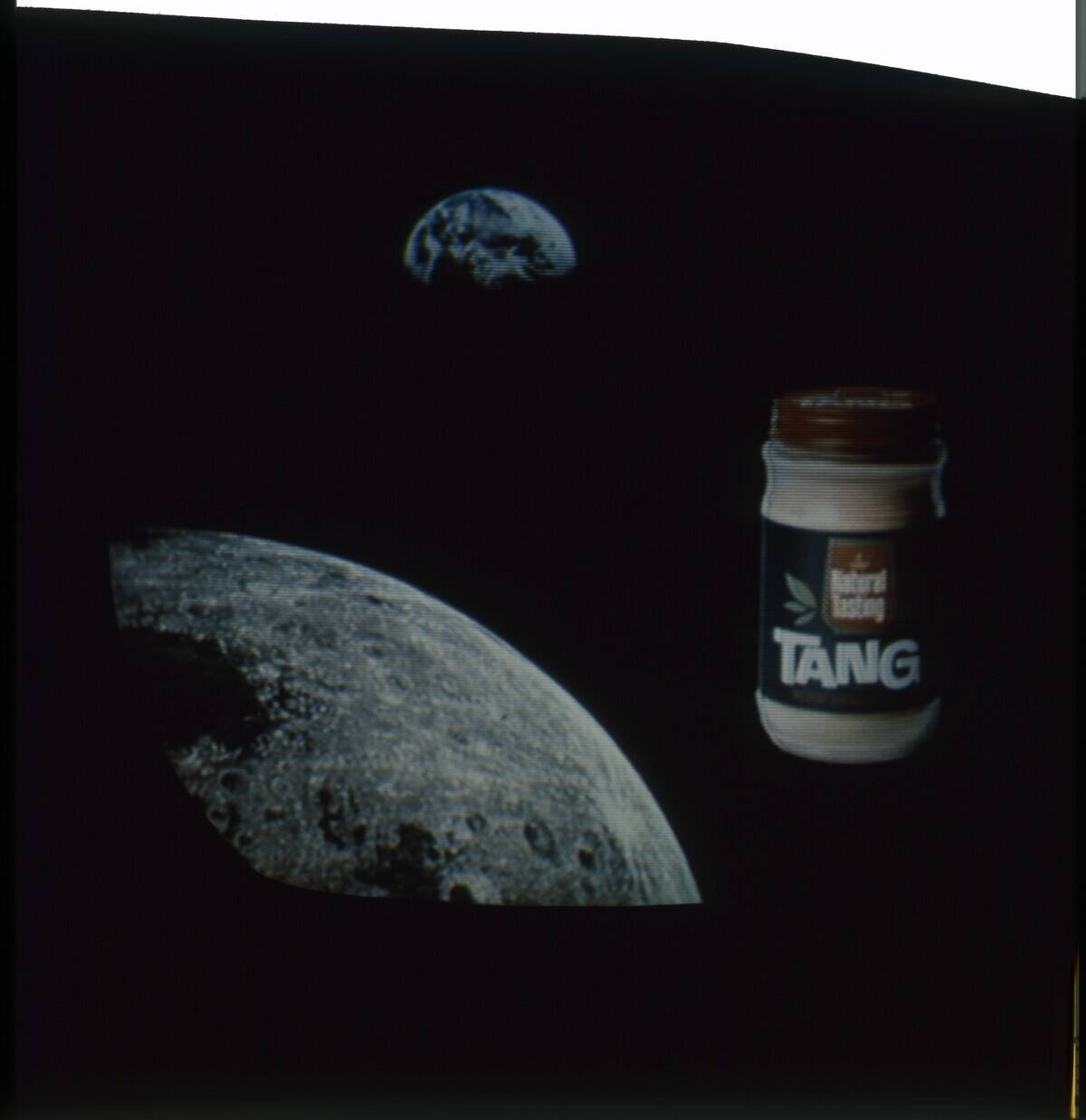
Powdered drink mixes like Kool-Aid had existed since the 1920s, but new advances in artificial flavorings and food science technology ensured that the ’60s were the decade in which these drink mixes truly boomed.
Orange-flavored Tang emerged during this period, but its sales suffered in comparison to brands like Kool-Aid. However, Tang’s fortunes changed dramatically when NASA famously used it on John Glenn’s historic Mercury flight in 1962. From then, it acquired a space-age reputation and became a household name.
Music videos existed, kind of.
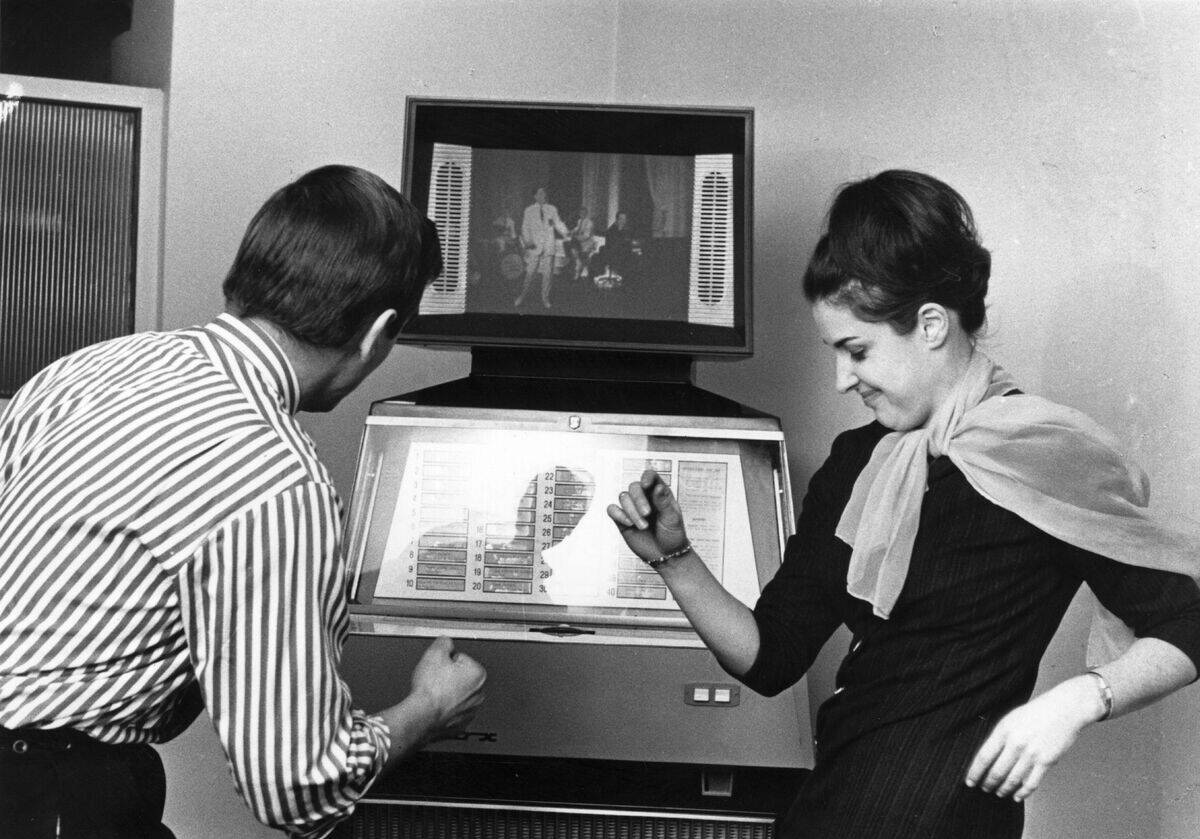
Music videos are largely a product of the MTV generation and, as such, most songs that predate the 1980s don’t have an accompanying official music video.
Still, thanks to a largely-forgotten technology known as Scopitone video jukeboxes, music videos existed as far back as the 1960s. These coin-operated devices would play 16 millimetre films to accompany songs by artists such as the Beatles.
Humankind reached a new low.
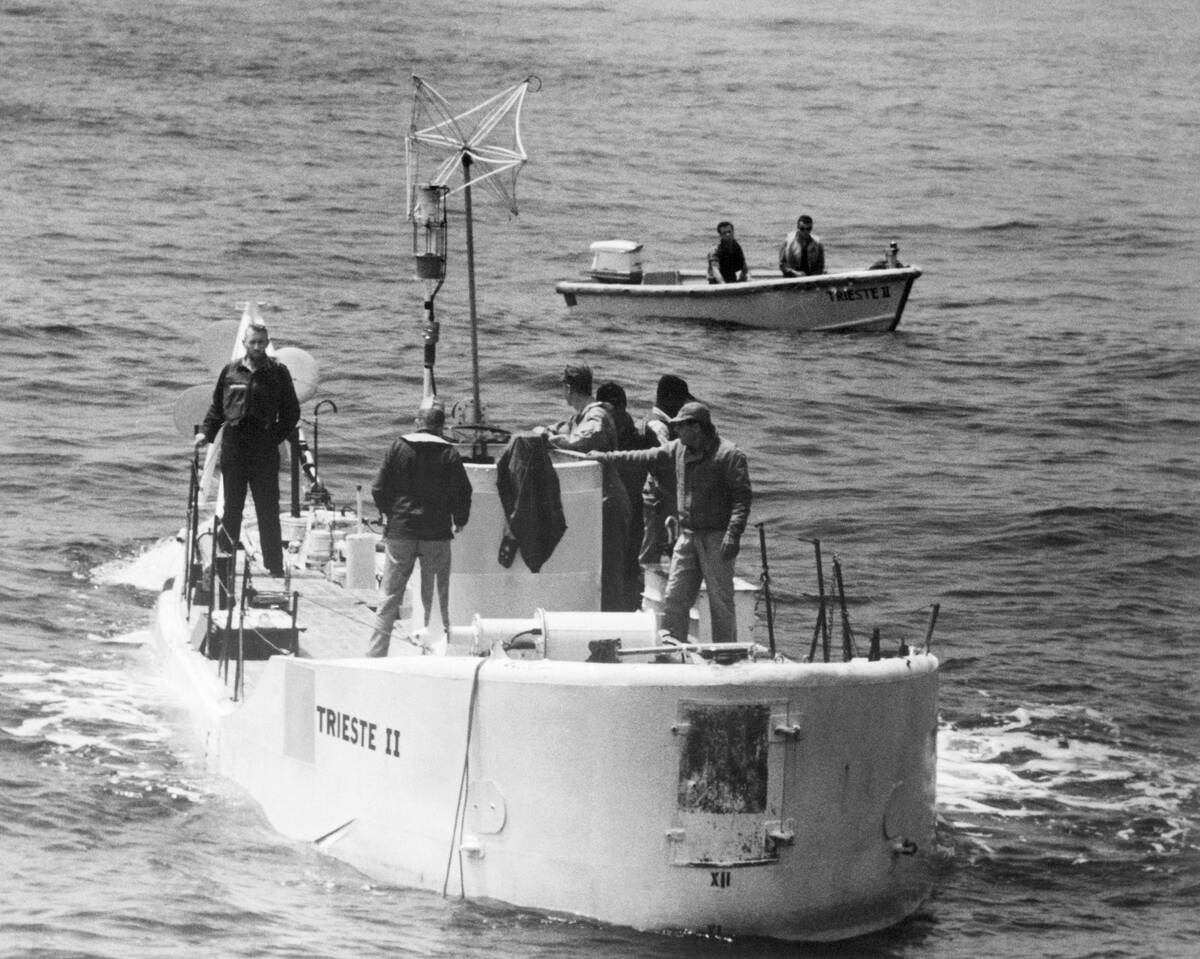
It could be argued that the 1960s saw some of humanity’s lowest moments thanks to war atrocities in Vietnam. But at the very beginning of the decade, in 1960, humanity reached a new low — but in a good way.
That’s because Navy Lieutenant Donald Walsh and Jacques Piccard reached the bottom of the Mariana Trench — the lowest place on Earth, at close to 36,000 feet below sea level — in their custom-designed bathyscape known as the Trieste.
Sitting at Woolworth’s became a civil rights issue.

It’s hard to articulate the meaning of the social movements of the 1960s for those who weren’t there, and one example is sit-ins — a practice that consisted entirely of sitting at lunch counters, yet was widespread enough to affect meaningful change.
Sit-ins were designed to overturn segregation, and this was accomplished in a grassroots movement that saw demonstrators sit in the segregated Woolworth’s lunch counter in Greensboro, North Carolina. While this was in defiance of segregation laws, it did cause Woolworth’s to de-segregate its lunch counters.
Muhammad Ali threw away his gold medal.
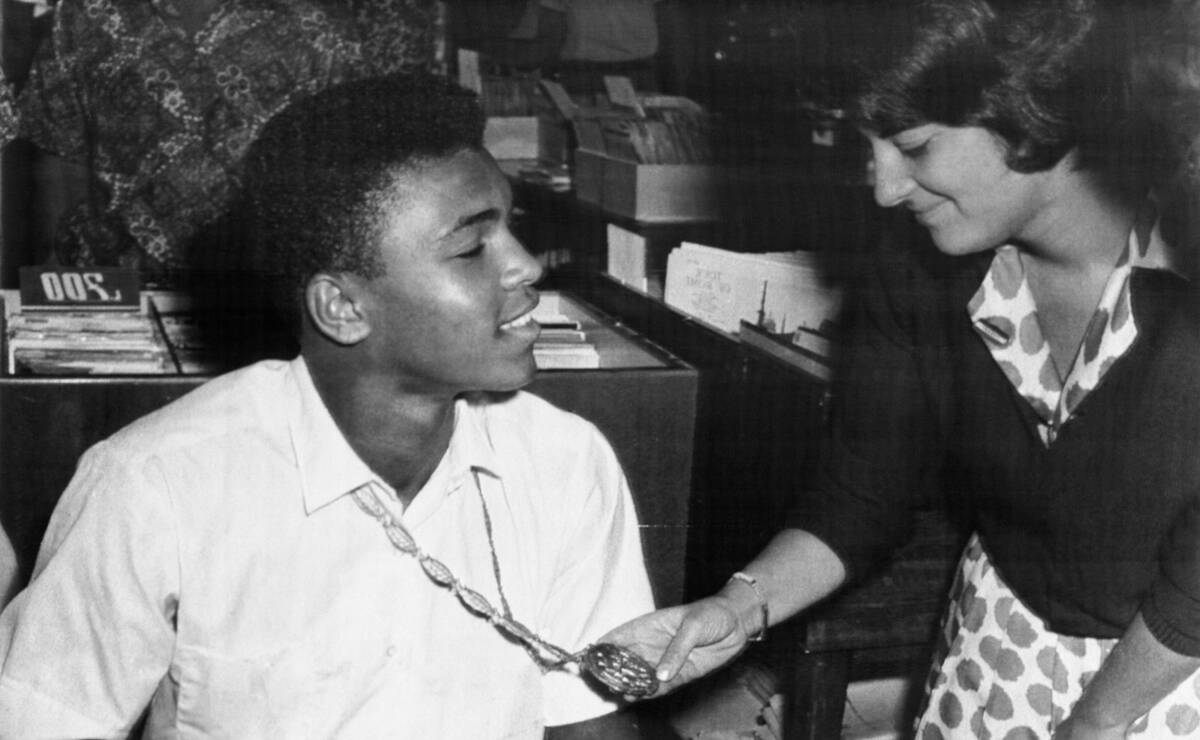
Famed boxer Muhammad Ali, born as Cassius Clay, would go down as one of the 20th century’s most important figures, and one who played an important role in the Civil Rights Movement of the ’60s.
After Ali won gold in the 1960 Summer Olympics in light heavyweight boxing, he returned to his hometown of Louisville to celebrate. A whites-only restaurant denied him service, and a frustrated Ali threw his gold medal into the Ohio River.
The Flintstones was revolutionary.

While modern audiences will likely find The Flintstones to be stale and boring, it was a downright groundbreaking television show for its time. That’s because it broke new ground: It was an animated cartoon, but was styled like an adult sitcom.
Modern-day shows like The Simpsons (and every show that it, in turn, has influenced) owe a debt of gratitude to The Flintstones. If this classic cartoon had never aired, it’s possible that cartoons would have been seen as solely kids’ entertainment to this day.
Hollywood Boulevard got its first stars.

Many Hollywood traditions like the Academy Awards go back to the early days of film, so it’s somewhat surprising that the Hollywood Walk of Fame only got started in 1960.
In the years since the first permanent stars were affixed to the sidewalk at Hollywood and Vine, more than 2,800 stars have made their mark. In modern times, it’s become one of Hollywood’s most enduring landmarks.
Maris and Mantle captivated the country.
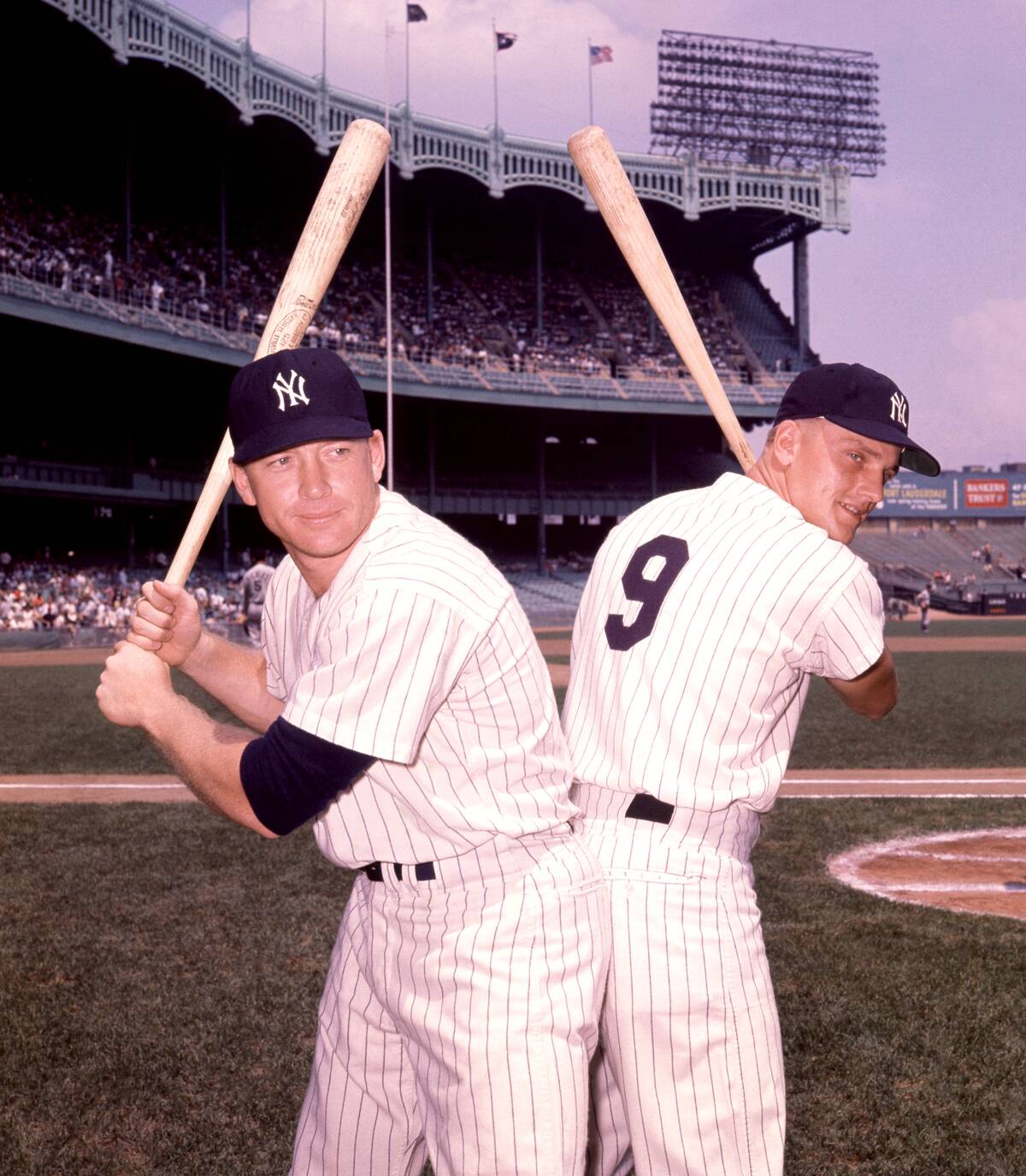
At the dawn of the 1960s, Babe Ruth — who had retired in 1935 and died in 1948 — was baseball’s all-time home run king, who held the records for both career and single-season home runs.
Ruth’s single-season record of 60 home runs was seen as borderline mythical, and hadn’t been seriously challenged since the 1930s. But in 1961, two New York Yankees — the beloved Mickey Mantle and the relatively obscure Roger Maris — challenged Ruth’s record. Mantle managed 54 home runs on the season, while Maris managed to beat Ruth’s record, hitting his 61st, on the final day of the 1961 season.
Beatlemania changed everything.

The 1960s had no shortage of singular “you had to be there” moments, and the 1964 appearance by the Beatles on the Ed Sullivan Show was one of these moments.
An estimated 75 million viewers — about three-quarters of the total audience in America at the time — tuned in to watch the Fab Four make their North American debut. They would go on, of course, to become one of the biggest musical acts in history.
The pill was a game-changer.
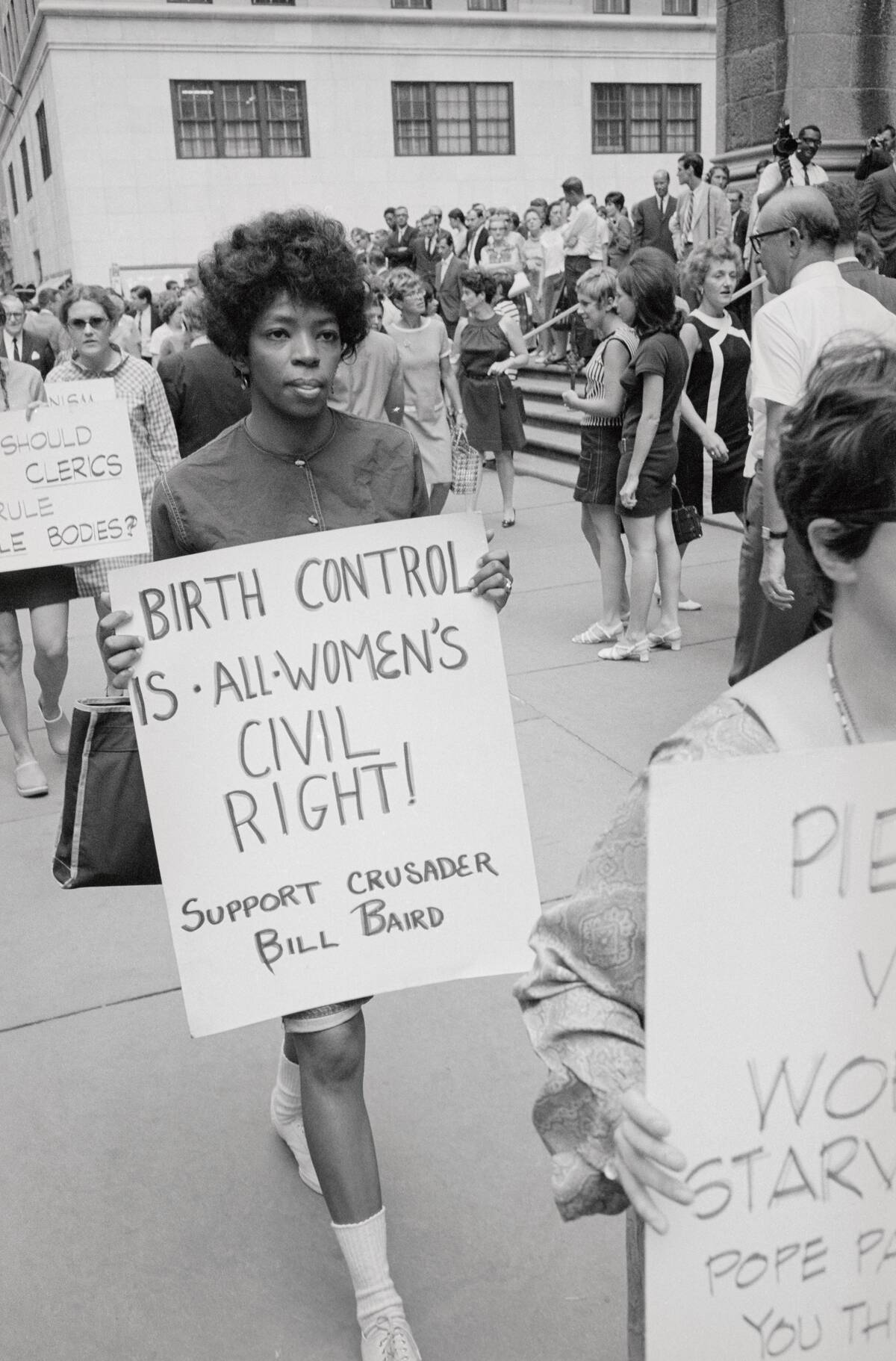
The importance of the 1960 introduction of “the pill”, the first mass-marketed oral contraceptive, cannot be overemphasized. It allowed women, for the first time, to take control of their birth control.
The introduction of the pill, paired with the publication of Helen Gurley Brown’s Sex and the Single Girl are largely credited with starting a revolution — one that tied into the various countercultural movements of the day.
Photography took some big strides.

It’s safe to say that every decade since the advent of photography brought technological changes, but the 1960s may have led the way in terms of consumer access to photography.
Kodak’s introduction of the Instamatic camera in 1963 was a massive achievement, as it introduced film that was contained in a closed cartridge. This eliminated the need to manually wind the film onto a spool, and in turn made it much easier to take pictures.
NASA was under tremendous pressure.
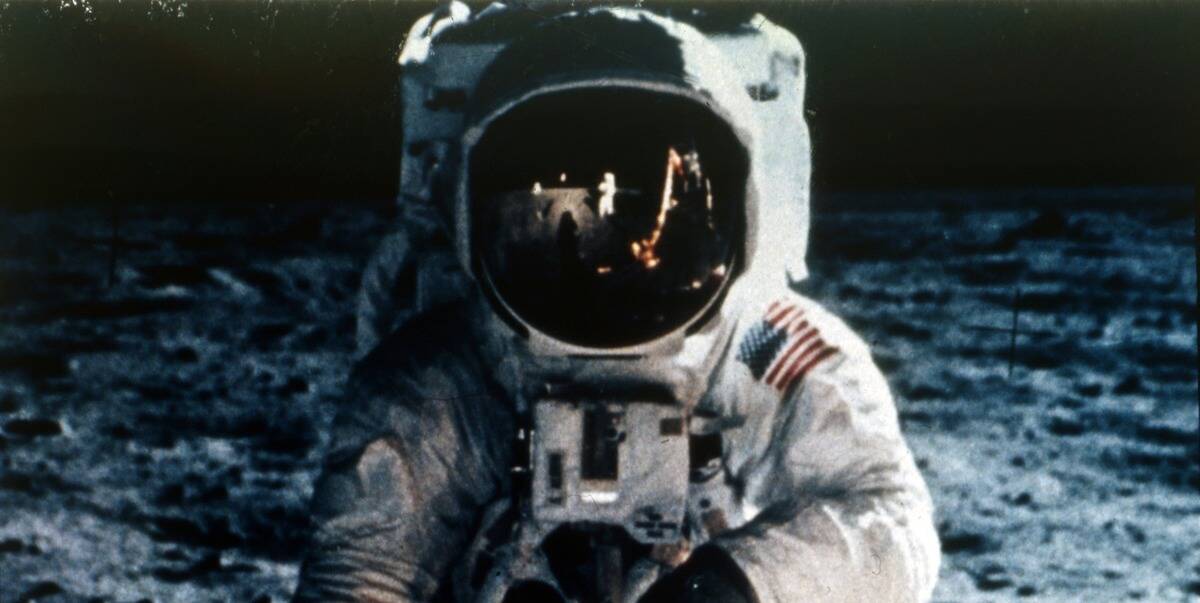
American astronauts famously landed on the moon in the summer of 1969, but what’s often forgotten in hindsight is that, in a sense, NASA barely beat a significant deadline with this moon mission.
That’s because John F. Kennedy promised earlier in the decade to send a man to the moon, and return him home safely, before the end of the decade. JFK’s tragic death ensured that he couldn’t revise this promise — and his stirring words, combined with competition from the Soviet space program, meant that NASA was under a lot of pressure to complete the moon landing before 1970.
Diet sodas were off to a shaky start.

Body standards in the midcentury years led to the growing popularity of crash diets and weight loss in general, largely targeting women. The introduction of Tab — Coca-Cola’s first diet drink — in 1963 led to increased popularity of sugar-free sodas.
Tab, of course, was a far cry from modern-day diet sodas. It was sweetened with saccharine, which gave it a sickly sweet taste that was conversely bitter on the palate. In the years to come, new methods of sweetening these drinks led to more pleasing tastes.
TV dinners became big business.
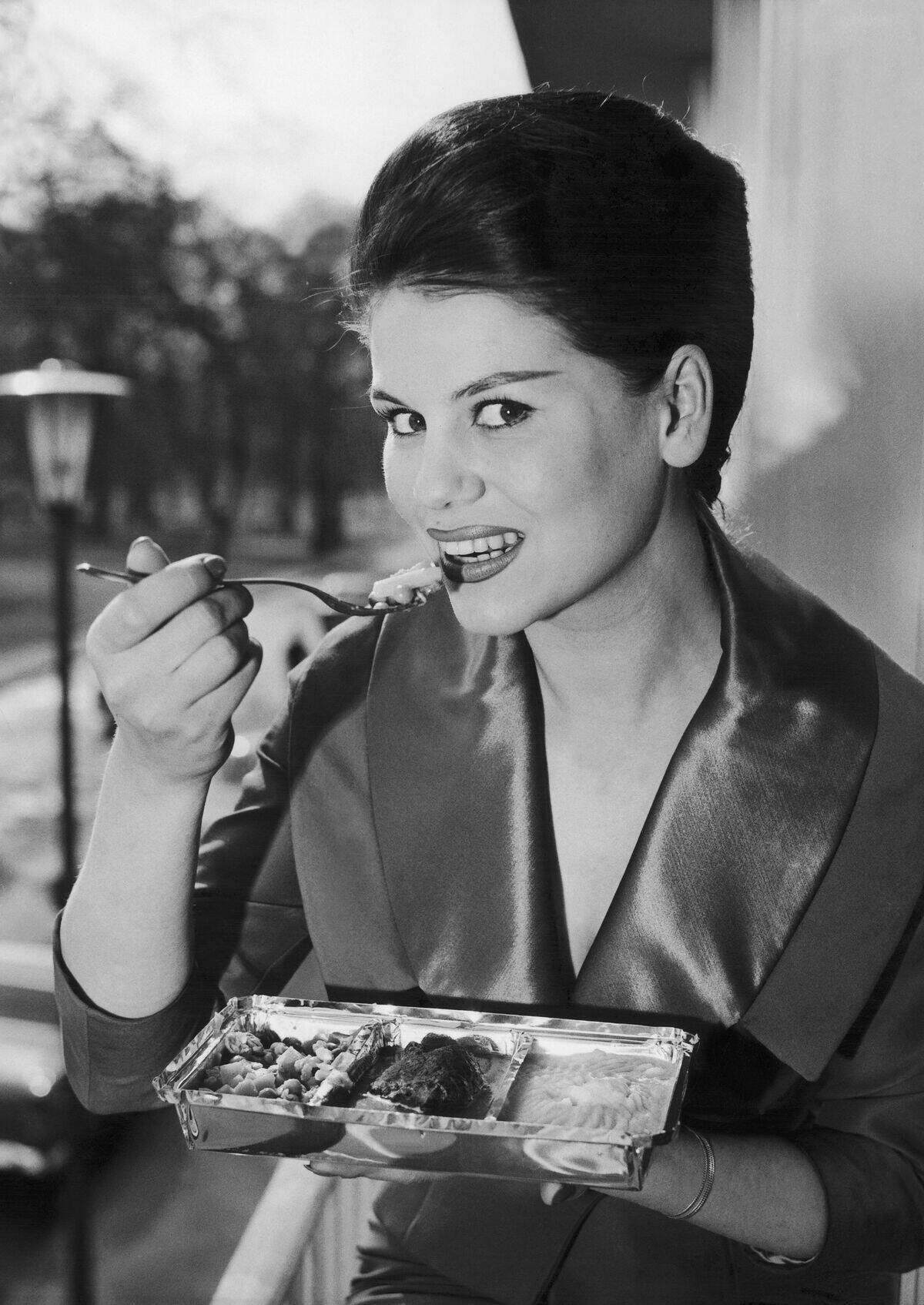
The origins of TV dinners — a flash-frozen tray of prepared food that could be heated up conveniently in an oven — are disputed. What isn’t in dispute, though, is the fact that the 1960s were the decade in which TV dinners came into their own.
Part of their 1960s cachet comes in their very nickname, which reflects the fact that more and more Americans owned a TV in the 1960s — and, in turn, were eating their meals in front of their favorite shows.
Fondue became a can-do party staple.
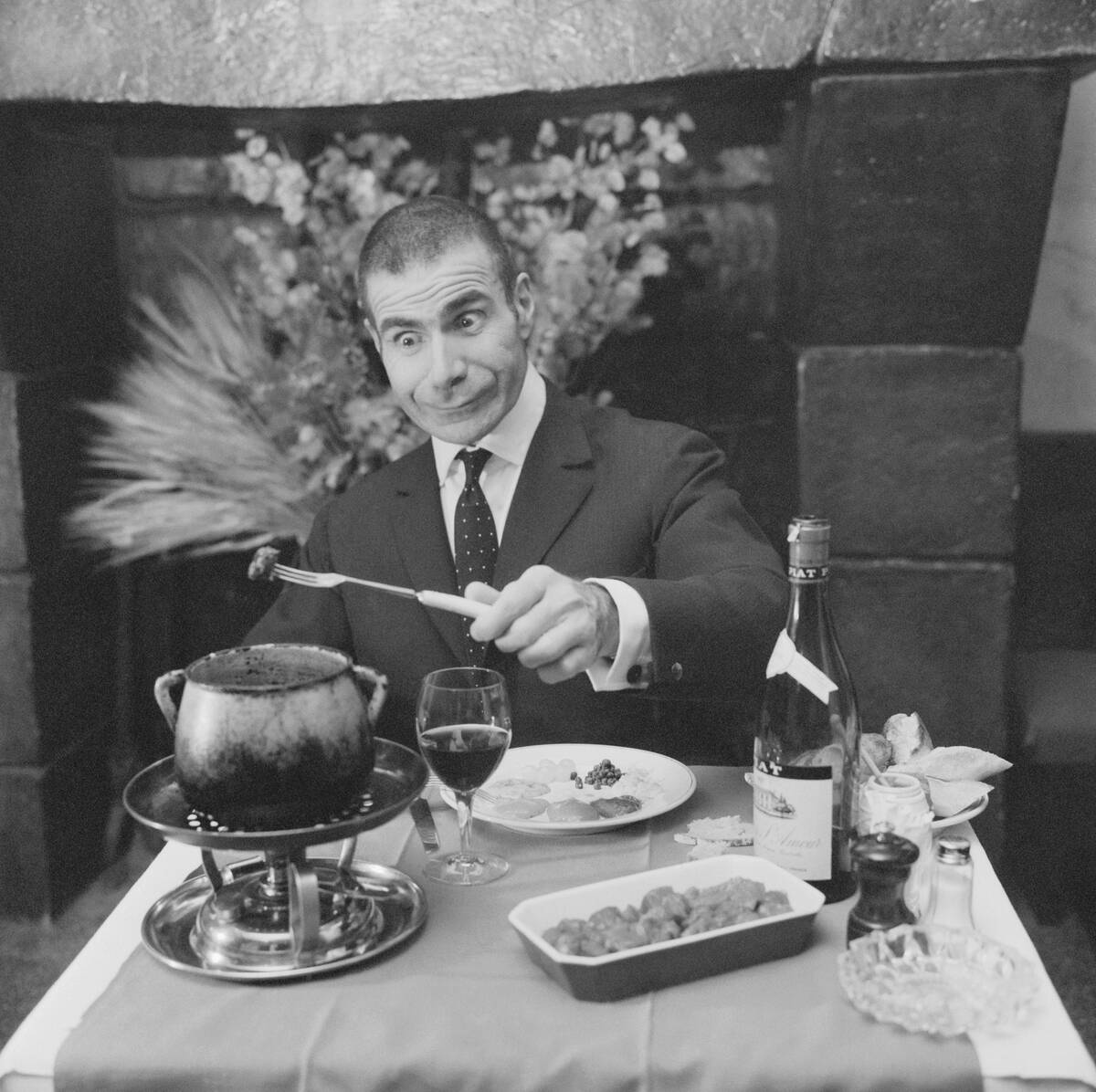
For many years, fondue sets have been a cliché for the kind of thing that everybody owns, even though it’s never used and collects dust. Of course, for fondue sets to acquire this notoriety, they needed to have a heyday in the first place.
That heyday came in the 1960s, and extended well into the following decade. Fondue parties became a popular way for people to enjoy a unique dinner in a group setting, and fondue sets became a go-to gift. Of course, the popularity of fondue parties eventually fell off a cliff.



